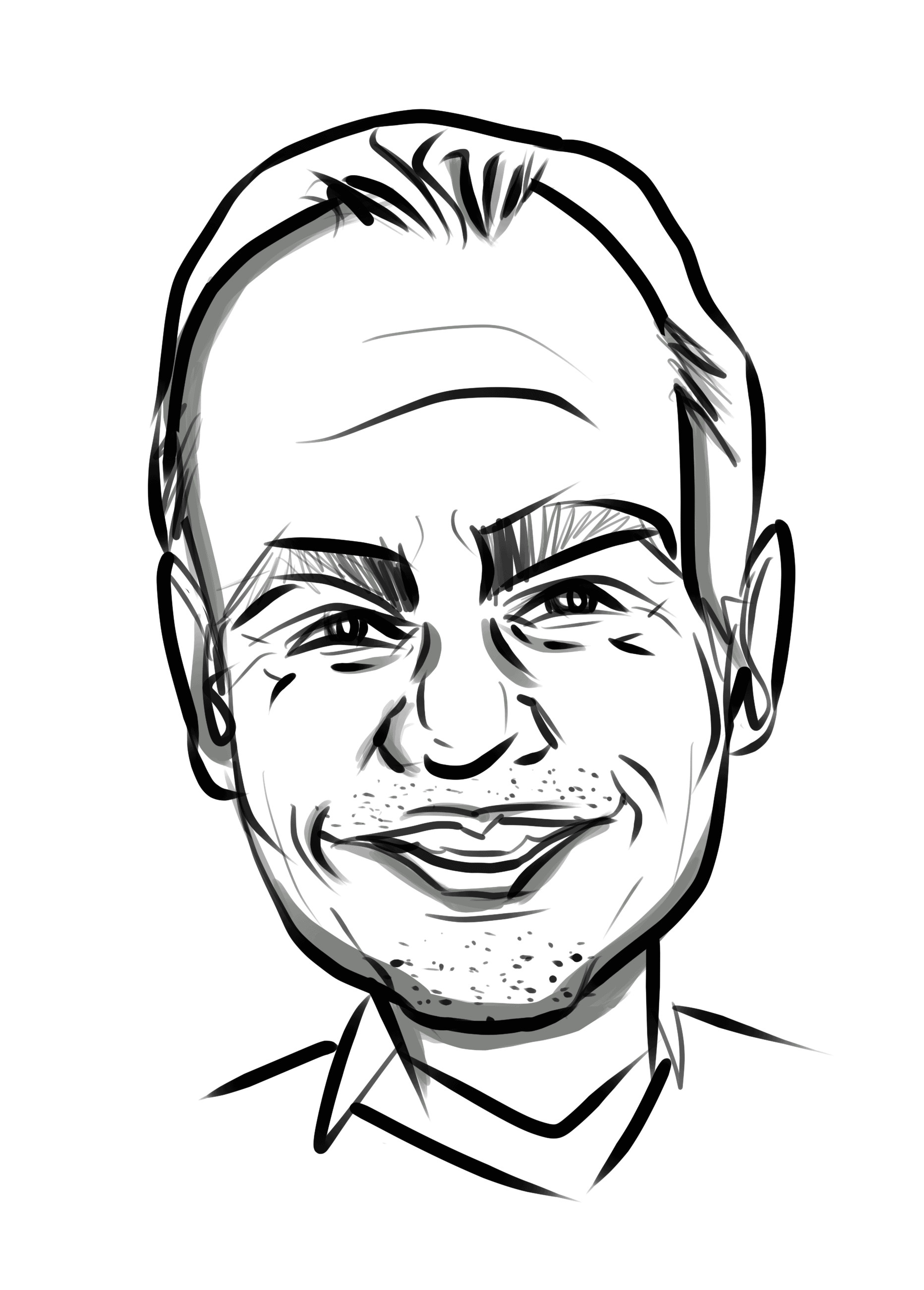When you walk on St. George street in the morning, seeing students and faculty rushing to their lectures or offices, you may wonder how this place keeps running.
As a university with over 90,000 students and over 20,000 faculty members, U of T has developed a unique and complicated structure of governance over the past 192 years.
The administrative system
The first thing you need to know is that the executive power in this university is shared by the Chancellor, the President, and the Governing Council. They play different roles for the same purpose — making U of T a better academic community, making essential decisions to guide its future, and ensuring that, above all else, we are ranked at least 25th worldwide, or God help us all.
The Chancellor: Dr. Rose M. Patten is an Executive in Residence, an adjunct professor in executive leadership programs at the Rotman School of Management, and a member of Massey College. She has served as the Chancellor of the university since July 1, 2018 for a three-year term. She also had a 30-year career as a senior leader in the Canadian financial services industry.
Apart from shaking thousands of hands at convocations, the Chancellor is responsible for serving as the university’s advocate in relations with government partners and others in the wider community.
The President: Professor Meric Gertler is the other person at the top of the governance structure and is Chief Executive Officer and President of the university. He joined the Department of Geography and Planning as a lecturer in 1983, served as the Dean of the Faculty of Arts and Science, began his first term as president on November 1, 2013, and is currently on his second.
He generally supervises over and directs the academic work of the university and the teaching and administrative staff under the University of Toronto Act.
The University of Toronto Governing Council (GC): The core of governance at the university is the GC and its Boards and Committees. The GC is formed by 50 governors, of which two are the Chancellor and the President, 18 are appointed, and 30 are elected. Some elected members include undergraduate, graduate, and part-time students.
This council makes some of the essential decisions for the academics and livelihood of the student body, while also overseeing the academic, business, and student affairs of the university. Both the UTM and UTSC campuses also have Campus Councils which address campus-specific issues on behalf of the GC.
The college system
All students from Faculty of Art & Science (FAS) are registered in a college on campus. The colleges help students with academics, enrollment, and some even house students.
The colleges owned entirely by the university are Innis College, New College, University College, and Woodsworth College. Federated colleges with their own board and buildings include St. Michael’s College, Trinity College, and Victoria College.
Independent theological colleges form the Toronto School of Theology, including Knox, St. Augustine’s, Wycliffe, Regis, Emmanuel, Trinity and St. Michael’s.
Faculties and Schools
There are in total 13 professional faculties and schools. They have independent academic systems and offer different programs for students. The largest faculty is the FAS with a 2017–2018 population of over 27,000 undergraduate students and over 4,300 graduate students.
The diverse range of professional faculties specialize in certain fields — for example, the Joseph L. Rotman School of Management specializes in business, and the John H. Daniels Faculty of Architecture, Landscape and Design specializes in architecture. Aside from its main St. George campus, U of T also has two satellite campuses: UTM and UTSC.
Other organizations and groups on campus
U of T has no shortage of organizations and clubs on campus. Some of the most significant for student life include the University of Toronto Students’ Union, which is the largest student organization on the St. George campus, the University of Toronto Graduate Students’ Union, and Association of Part-time Undergraduate Students. UTM and UTSC have their own student unions, known respectively as UTM Students’ Union (UTMSU) and Scarborough Campus Students’ Union (SCSU). Student unions play a pivotal role in helping with rescheduling exams, student services, and advocating for students’ rights.


